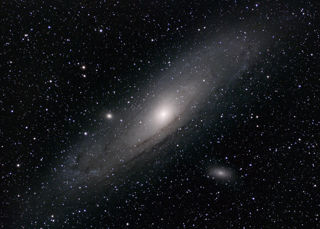
Millbillillie Meteorite
Millbillillie Meteorite
The Millbillillie meteorite is named after the cattle station in Australia, where it fell in October 1960. Two cattle station workers witnessed a fireball blaze across the sky and fall to the north of them. However, no initial search for the meteorite was carried out and specimens were not recovered until ten years later. Since then between 100-300 kilograms have been recovered. Due to the red soil in the area, many specimens have red stains on their black fusion crust.Millbillillie is classified as an achondrite eucrite. An achondrite is a stony meteorite which does not contain the small mineral granules known as chondrules. This indicates that it originated from a body large enough to have melted and separated into a layered structure of core, mantle, and crust. Eucrites are basalts that come from the crust and are formed by lava flows on the surface. They are very similar to terrestrial igneous rocks, as they are formed by the same processes.
Eucrites are part of the HED meteorite subgroup, which stands for "howardite–eucrite–diogenite". These are all believed to originate from the asteroid 4 Vesta, the largest asteroid in our Solar System. NASA’s Dawn spacecraft confirmed this theory when it scanned the surface of the asteroid in 2011 and collected data about its chemical composition. Vesta has a huge crater at its southern pole which is 460 kilometres across and 13 kilometres deep. The impact that caused this crater ejected over two million cubic kilometres of rock into space. This single impact is believed to be the source of about 5 per cent of meteorites found on Earth.
More information
Object number
H2016-49
Location
Handling Collection
Has this object been into space?
Yes
Dimension - Dimension, Value, Measurement unit
Weight: 3.2g
Length: 42mm
Width: 30mm
Height: 2mm
Material
Basalt
Pigeonite
Plagioclase Feldspar
Phosphate
Troilite
Silicate
Ilmenite
Materials & techniques note
Achondrite meteorite
Associated Place
Millbillillie
Australia
On Display Status
Handling collection
Copyright and Photos
Photography is shared via the license below.
However, some objects on this website are on loan to the National Space Centre and are being shared through the permission of their owners.
Commercial use of images from this website is not allowed without additional permissions being granted. To request permission to use images for purposes not covered in the license below, please contact [email protected]
Individual objects on loan to the National Space Centre may have additional copyright permissions, so advice should always be sought before use.
![]()
This work is licensed under a Creative Commons Attribution-NonCommercial 4.0 International License.




